
14 Tips For Safely Running With Your Dog
I am the proud owner of a 16 month old Beagle called Oakie. I have always chosen dogs to suit my outdoor active lifestyle. A dog to me is more than a pet. He is my companion in just about everything that I do, be it hiking, riding my bike, or at the beach with my sit on top and my paddleboard, or on the water in my sailboat, and of course running. Different dogs are suited to different activities, and unfortunately not all dogs are suitable as a running partner. I have often been asked by people;
“Is your dog really a good running dog”?
And indignantly I reply he can;
“Run the hind legs off a greyhound”!
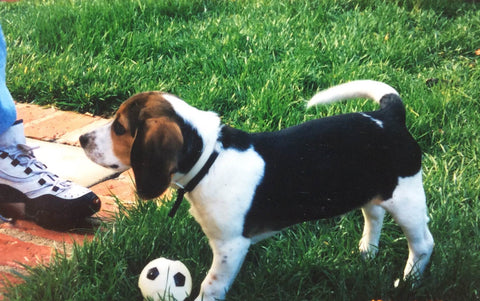
But what I really mean is that he is at his prime in terms of physical ability, with no underlying medical conditions, and stamina is one of the traits of the breed, so an ideal dog companion for Jogging.
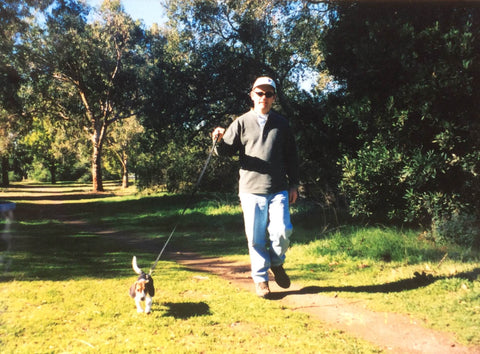
But of course this does not define running with a dog, as I have not spoken of the types of running we as humans pursue, and how can you incorporate a dog into the activity safely for the animal and you. This further began me thinking about what products are useful, and what precautions to take.
Not all dogs are suitable or interested in running (and over my lifetime I have had a few of them). Dogs like Retrievers, Terriers, Sheepdogs and Herder dogs, Visalia’s and Labs are great running companions, really any medium to large breeds with loping body structure, or slender legs are ideal choices. But the really large boned big breeds like: Mastiffs and Great Danes, are too heavy and will get tired to easily over any distance that you want to run. Smaller breeds with pushed in faces like English Bulldogs, French Bulldogs, and Pugs because of the design of their nasal passages, cannot draw enough air in so labor very easily under stress, so would not make running partners. The toys like the Pomeranians and the Chihuahuas with their tiny bodies and legs are not good runners neither.
So, here are the tips for safely running with your dog.
- Wait until your dog is older than one, as its body and bone structure need to be developed. Always have your dog checked by a vet to make sure that there are no underlying medical or physical conditions that may prevent the dog from running over long distances.

- Plan Your Route. Is it paved roads in a park setting, is it over countryside, or is it a mix of terrain. Whatever route you take make sure that it is dog friendly.

- Plan for the weather. Both for you and for your dog. Is it hot or cold, will you both need a protective jacket, or on a hot day, will your dog need a cooling jacket? Is their snow on your route, what about deicing salts – will your dog need booties.
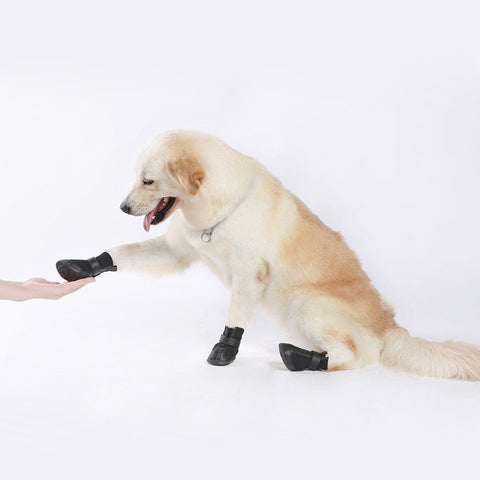
- Make sure that your dog is rested and in good health. Give it the once over to make sure that it is not experiencing any joint stiffness, and in general looks healthy with a shiny coat, and clear eyes.
- If you do not have a human running partner or are not going with a group, but rather going by yourself, then tell someone the planned route, and expected duration and distance of the run. Leave a written plan at your home with contact information on it just in case of emergency.
- Hydration is critical. Bring a fresh drinking water supply for both you and your dog. Have a dog drinking bottle just for the dog, never let the dog drink from yours, and visa-versa. Plan for water stops for the both of you.

- The right clothing. Wear bright reflective outer clothing appropriate for the weather conditions, but which make you more visible.
- Make sure that the dog’s nails are trimmed. These can chip and break easily, and can cause bleeding which can lead to some circumstances that you were not expecting (like having to carry a whining dog back home).
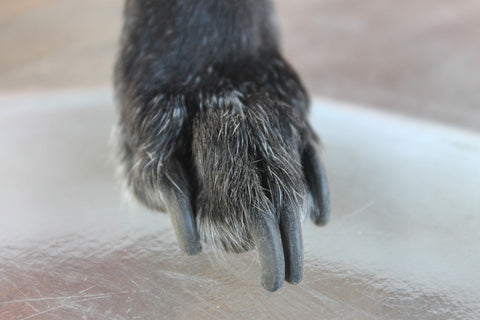
- A dog running leash is a must. Choose one that is bungee corded which will allow the dog some wander, but will also safely restrain it. The leash attaches around your waist for hands free operation.
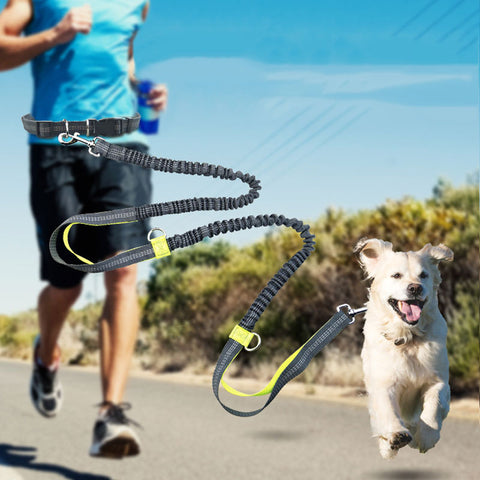
- A dog harness is best. Choose a harness over a collar. A collar can choke a dog, a harness spreads the pull over the dog’s body, and does not restrict breathing. Choose one that is also reflective for greater visibility and safety.

- Wear a belt designed for running with your dog. After all you will need to carry poop bags, a place for your phone, some extra water, and some treats for the dog.

- Start slow and short. You will need to both get your dog used to running distance and build its stamina, and this will only happen over time.
- Cool down after the run. Allow the dog to cool down after the run, dog’s physiology is different than ours and some breeds can get heated pretty quickly, so a sit down and take five is in good order to help your animal not to get stressed. Give him some treats as both a reward and as a recovery tip.
- When you get home and your dog is relaxed check its pads for splits or abrasions. Check its body for ticks, if you have been in a grassy area like a park or on a country run. If your dog’s paws are raw and sore, then treat them immediately, and do not run with the dog again until it is fully healed.
So in conclusion, running with your dog should be fun and rewarding for the both of you. With just a little planning and the right tools then the trail is calling your names. Running is great for stress relief and most dogs love to run, just make sure that you build up to the longer runs, and before you know it you will be thinking about different activities that you and your best workout buddy can enjoy together.
Don't Forget To Visit us @ www.waggylife.com Sign up for our newsletter and receive a 10% discount code good for entire purchase.
No comments:
Post a Comment